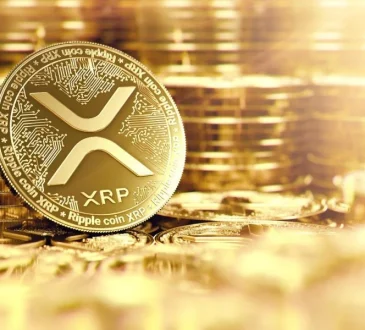
Traditional banking and cryptocurrency are two prominent systems that are contending for dominance in the financial landscape, which is constantly evolving. Long the foundation of financial transactions, traditional banking offers services including savings accounts, loans, and payment processing under its known history and legal frameworks. Driven by blockchain technology, though, the rise of bitcoin offers a decentralized and maybe more accessible substitute. For the unbanked population worldwide, cryptocurrencies, as highlighted in the latest crypto news, provide more financial inclusion, quicker processing times, and reduced transaction costs.
Decentralization or Centralized Control
Their control systems reveal one of the basic differences. Traditional banking runs on a centralized system whereby banks and regulatory authorities supervise all transactions and maintain custody of funds. Established legal systems provide this concentrated control some stability and consumer protection. By contrast, bitcoin runs on a distributed network, usually a blockchain, where no one person has total control. A distributed network of users validates transactions, hence improving transparency and lowering the danger of single points of failure. On the other hand, this decentralization might create difficulties in regulating and remedies in the event of fraud or conflicts.
Fees and Transaction Speed
Especially for cross-border transfers, conventional banking operations can be sluggish and include several intermediary costs. Although digital banking developments have increased efficiency, processing periods could still be measured in days and costs can be significant. Conversely, depending on the particular cryptocurrency and network congestion, cryptocurrencies sometimes have quicker transaction speeds, especially for cross-border payments, and possibly lower costs. In a worldwide economy where fast and affordable transactions are becoming more crucial, this efficiency is a notable benefit.
Financial Inclusion and Accessibility
For the unbanked population worldwide, traditional banking can be a hurdle since it depends on people having bank accounts. Because they just need a digital wallet, available via a smartphone or computer, cryptocurrencies have the possibility for further financial inclusion. In underdeveloped nations where a large percentage of the population may not have access to conventional financial services, this accessibility can be especially helpful. Realizing this promise, therefore, depends still on digital literacy and technological availability.
In the end, whether cryptocurrency or conventional banking is “better” is a matter of personal requirements and preferences. For many, conventional banking provides a well-established, regulated, and usually stable system appropriate for daily financial needs and long-term savings. Especially for cross-border transactions and reaching the unbanked, cryptocurrency offers a perhaps more efficient, accessible, and open option. Its changing legal environment, security, and volatility, along with the latest crypto news, all pose hazards as well, though. A hybrid strategy that uses the best of both systems might surface as the financial sector changes.




